Every two years, UN Habitat organises the World Urban Forum (WUF). This year marked the 10th edition of this big conference on urban development and the achievement of Sustainable Development Goal 11. I travelled to Abu Dhabi to report about WUF10 for several news outlets:
- Topos: How Can Culture and Innovation Improve Urban Development?
- Urbanet: Creating Culturally Vivid Urban Spaces and Places – Lessons from the 10th World Urban Forum
First of all, it was interesting to get to know Abu Dhabi and the host country, the United Arab Emirates. The theme of the WUF10 was “Cities of Opportunity: Connecting Culture and Innovation”. More pressing issues, such as climate change, poverty, inequality and migration to cities were largely missing from the conference and it seems that the title was ill-chosen in this time and age. As important as culture is, I do think we need to tackle other challenges now.
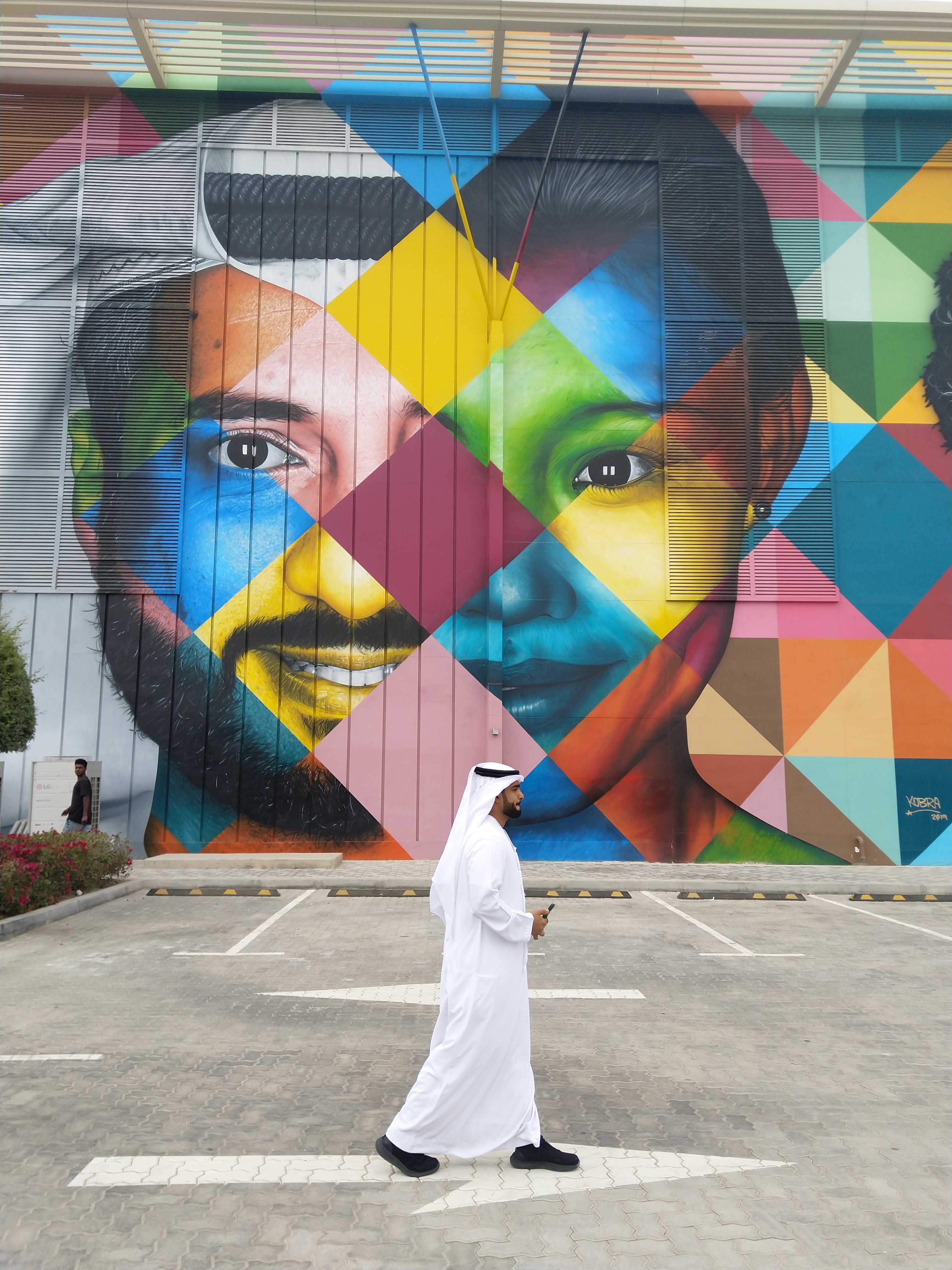
However, looking into the urban planning situation and general politics in Abu Dhabi, it does make sense to subdue the criticism and the pressing topics. The Emirates are a very new country. Its two main cities, Abu Dhabi and Dubai, were constructed in the 1960s and 1970s. Therefore, a deep cultural link is mostly missing – as is a history. Considering that only 20% of the population are actually Emiratis with high levels of wealth, whereas close to 80% are migrant workers, it became clear that this World Urban Forum was not a place to criticise this form of development.
While culture is something that – at least from my perspective – seemed to be missing on a broader scope, there is some innovation going on. Famous Masdar City is a neighbourhood in Abu Dhabi, claiming to be one of the smartest cities in the world. This made me think that the second part of the conference’s title, “Innovation”, might be more prominent during the WUF10 or maybe in the overall cityscape of Abu Dhabi, too.
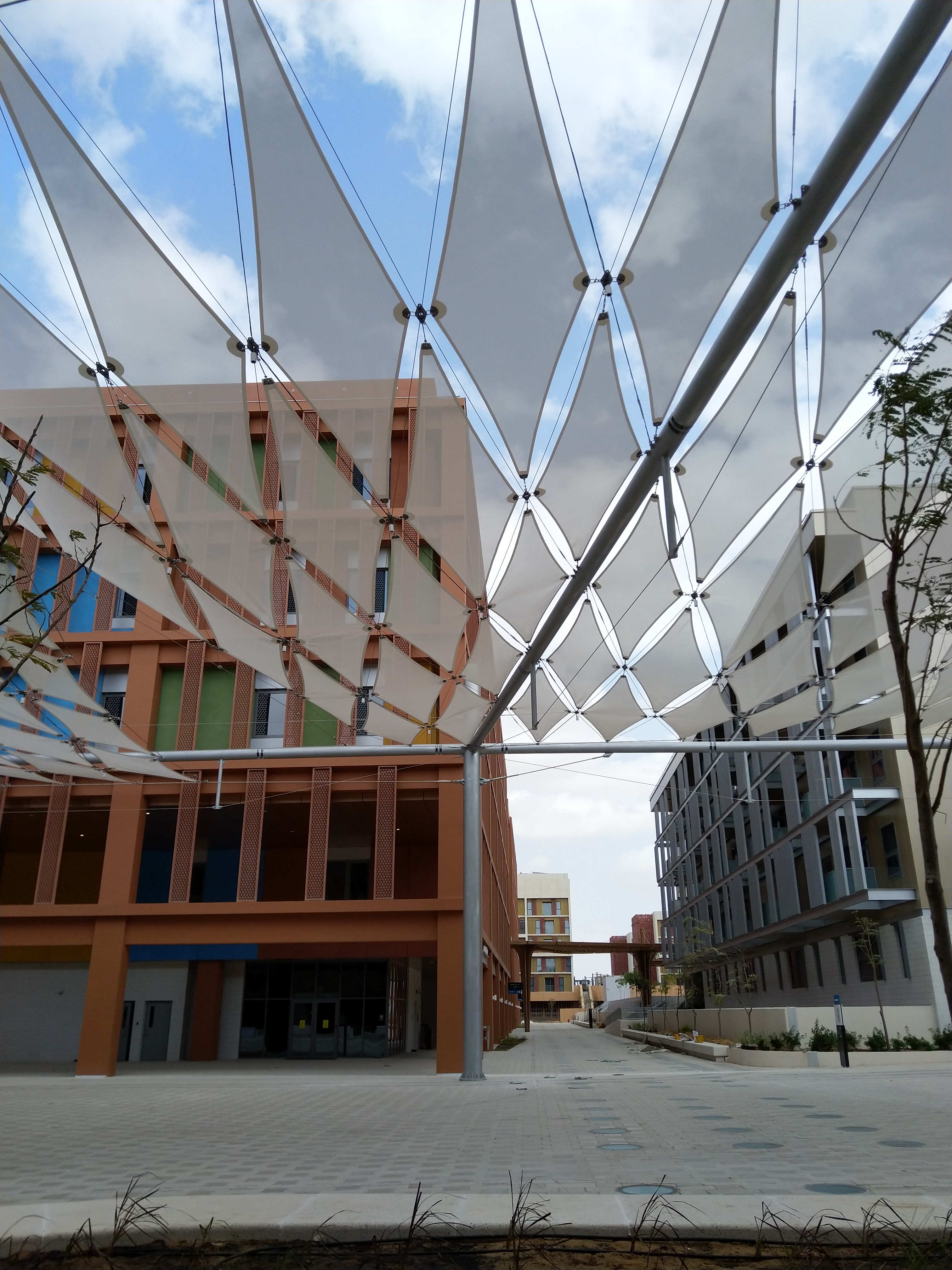
But the closer you look at Masdar City, the clearer it becomes that there is not a lot of life going on. The 20% of the city that is already built looks very pretty and has impressive solar panels, self-driving vehicles and other features, but the population mainly seems to consist of cats. It is a ghost-town that aims to impress.
Considering participation, Abu Dhabi has not much to offer. It is not part of the country’s government, which is something we have to accept, in a way. At the same time, events about topics like liveable streets, youth and culture, women in the city or vibrant public spaces seemed to catch an almost ironic meeting in the restricted environment of the Emirates.
Even though at the end of the WUF10, there was a final declaration, not too much has been accomplished in this conference. Given another title and another host country, we might have made much bigger steps towards the “Decade of Action” that the United Nations are announcing for the next ten years.
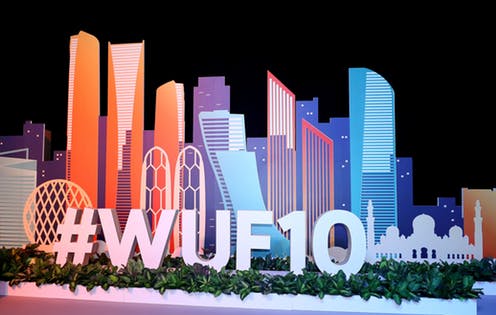
However, some interesting discussions and many of the countless events did serve to inspire thinking about a culture of innovation. This might help us in tackling larger challenges, such as the rising sea levels that threaten many cities. UN Habitat has announced an Urban Agenda Platform for summer 2020, that will allow cities to learn from each other in order to meet the expectation set in the New Urban Agenda in Quito in 2016.
Comparing the Habitat III conference in Quito, Ecuador to this event four years later, it was sad to see that a lot of spirit was missing. The passionate debates about the “Right to the City”, the counter-conference, the urban upgrading going on in the Global Village just outside the conference venue in Quito and the sense of actually being able to make changes were not there in Abu Dhabi. Only 70 mayors made it to this most important gathering of everyone who is involved in working with and for cities. Let’s hope that for World Urban Forum 11 in Katowice, Poland (early 2022), there will be more discussion and more vibrancy – inside the conference centre and outside of it. The conference theme will be “Changing Cities”, which is already more promising.
Read more about urban planning in the Emirates in Voices from Dubai and get inspired by this interview with the LEGO Foundation:
Please share your thoughts and ideas in the comment section below and don’t hesitate to contact me (laura@parcitypatory.org). To be notified about new articles and other updates, sign up for the newsletter at the bottom of the page!

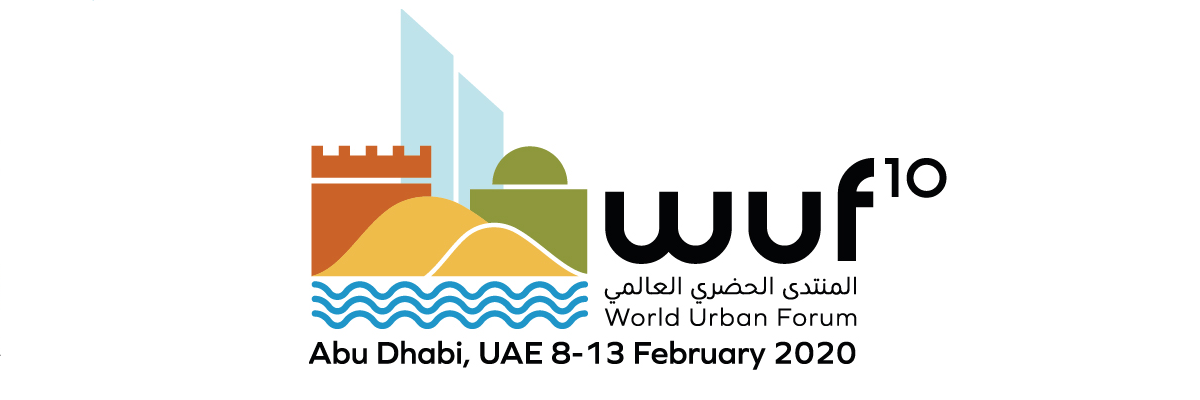

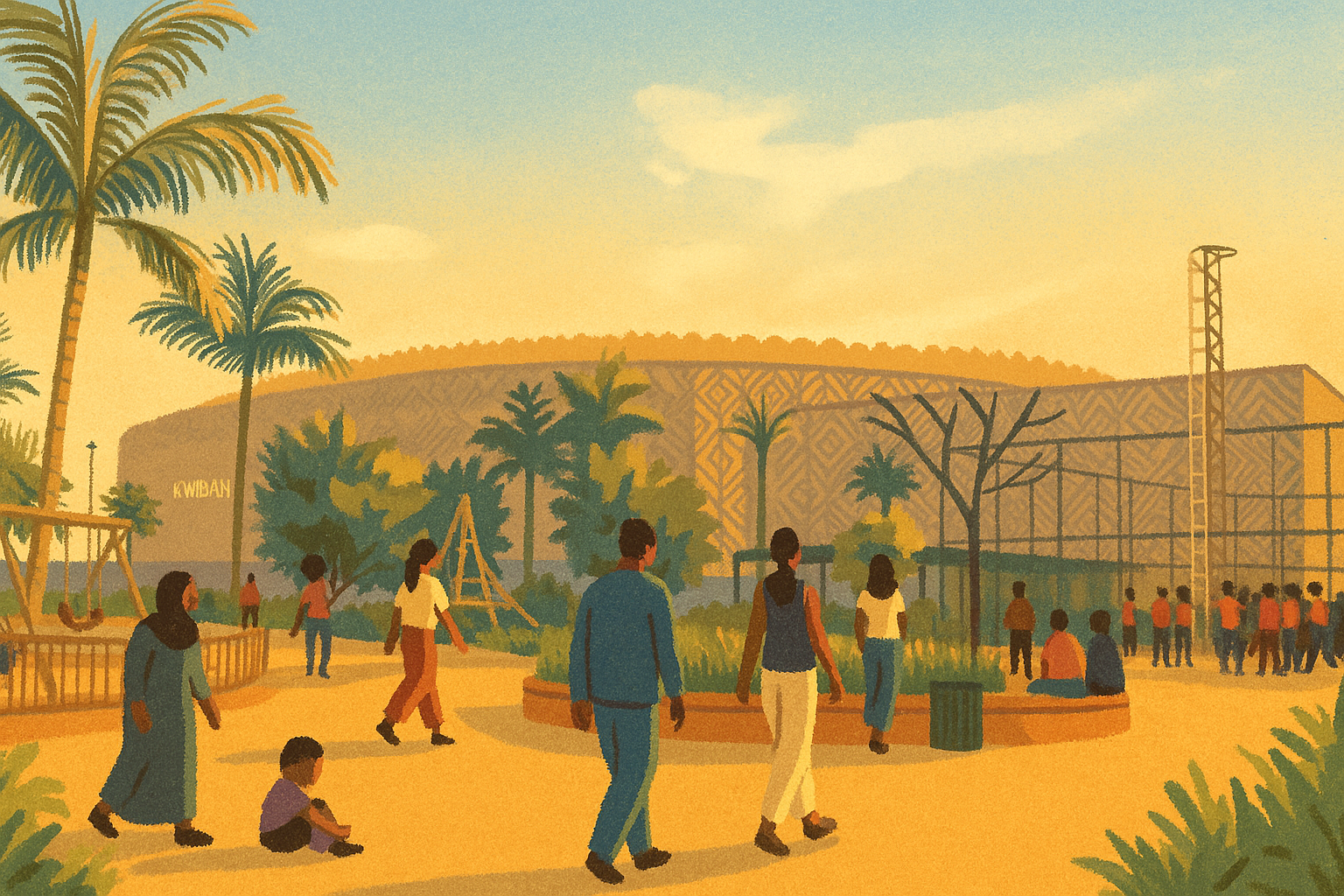
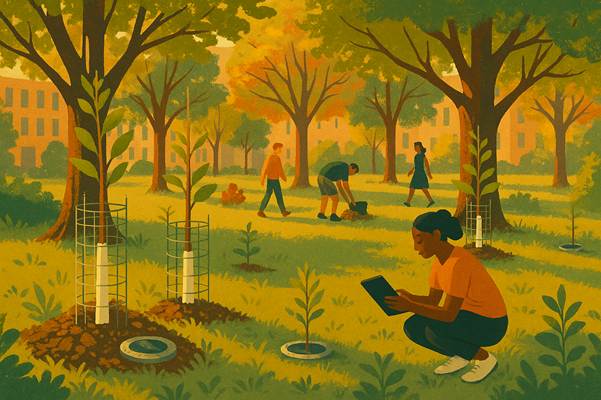
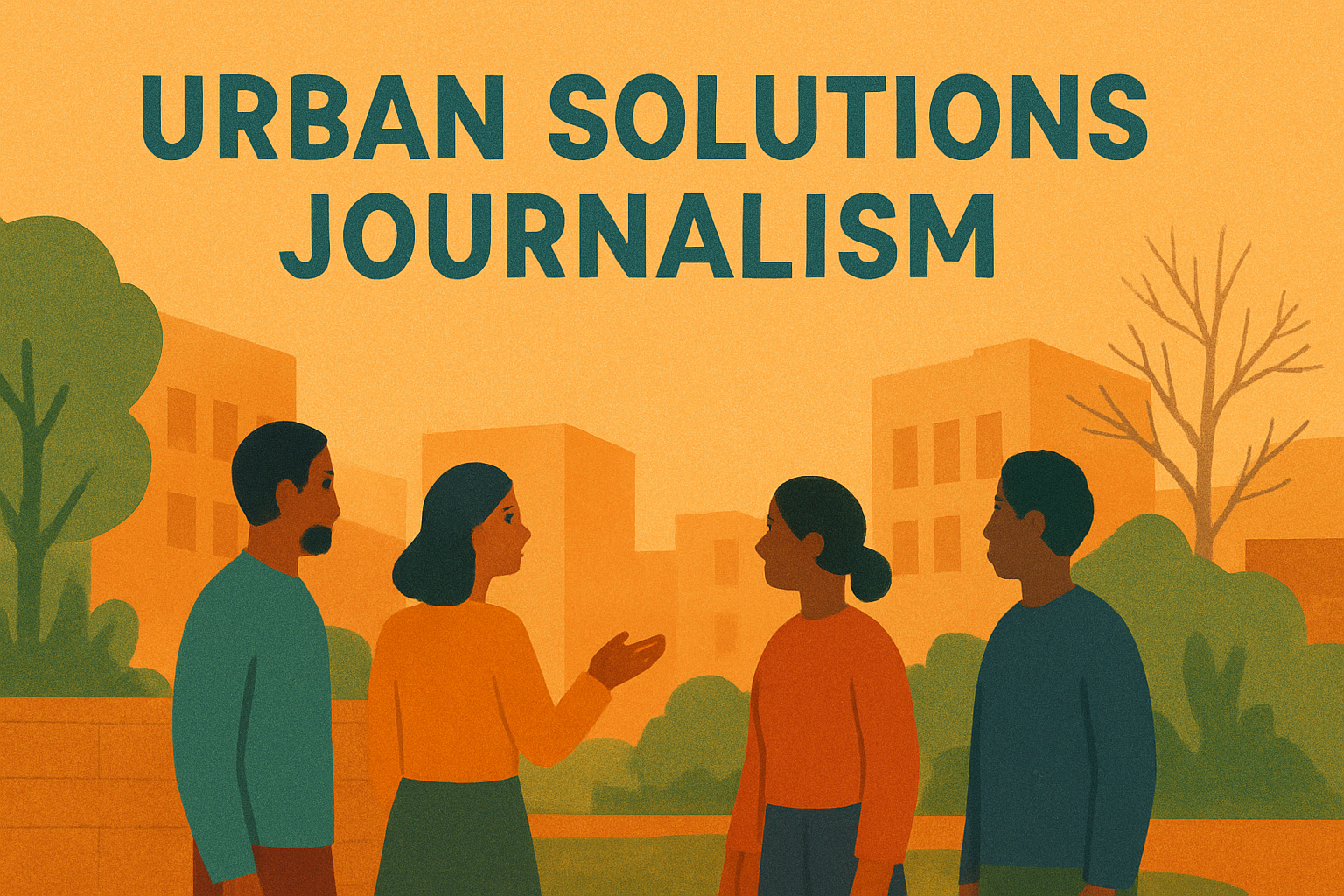
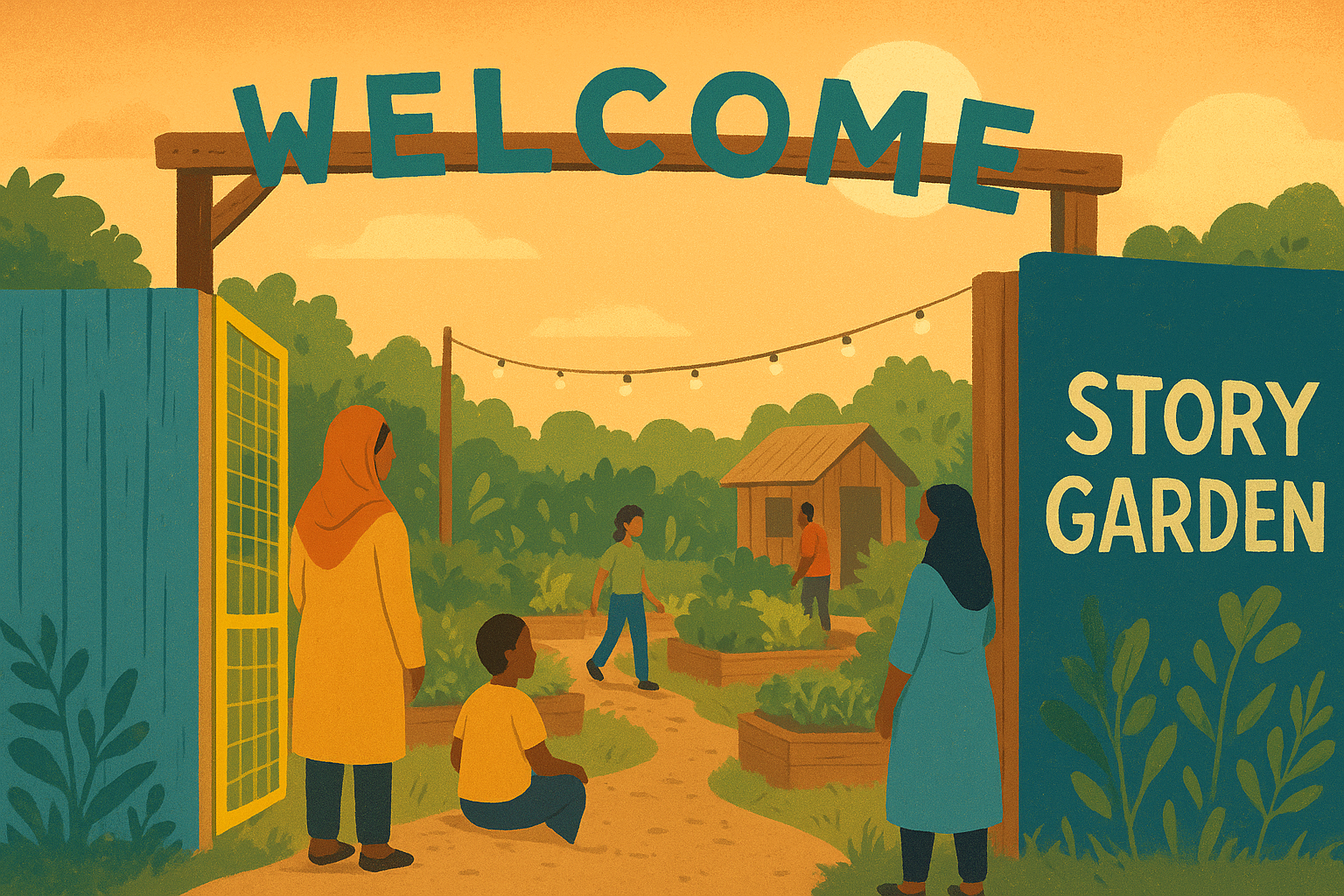

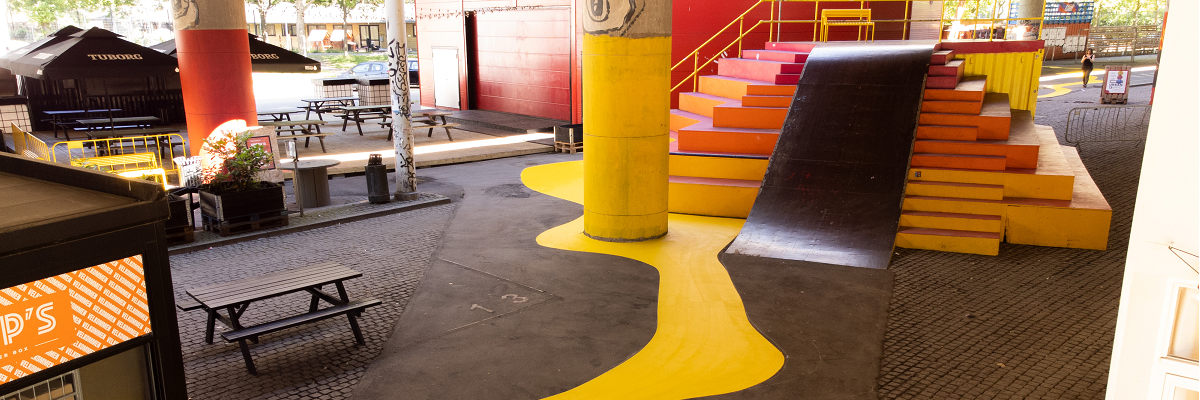
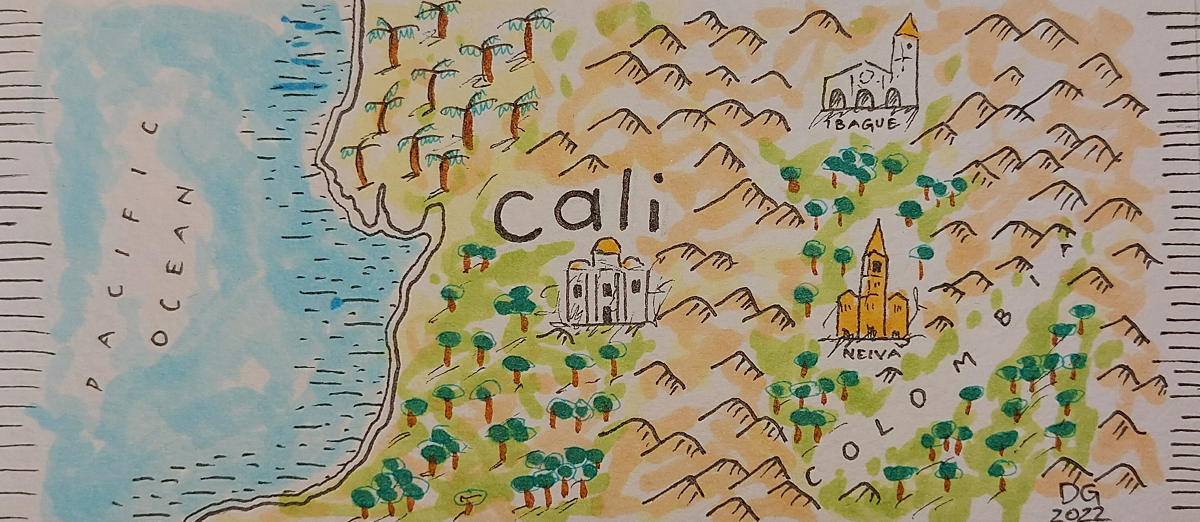

One Response